Would you believe that the gestative Porsche Cayenne was, at one stage in the late 1990s, tipped to be given an altogether different model identity? The ‘Sportility’. What a Monday morning brainstorming session that one must have been.
Long-time readers might just begin to recall that model name slowly surfacing from dim memories of Autocar news pages published around the turn of the millennium, alongside photos of various camouflaged SUV prototypes. If you have an Autocar digital archive subscription (or a loft-filling magazine collection of your own), you’ll even be able to look them up.
And what a different automotive landscape we might now have if only that particular sliding doors moment had played out the other way. What i f one of the most profitable, influential and transformative cars of the very early 21st century had actually been named as if it were a sanitary product or, worse, like a budget-brand treatment for a condition that men of a certain age, ahem, simply don’t like to talk about much?
In our dimension, reader, Zuffenhausen avoided that calamity: and now look where we are. It’s been a little more than 20 years since the world met the Cayenne Turbo, and about that many since Land Rover followed Porsche with the memorable Range Stormer concept that previewed closely the first Range Rover Sport.
Back then, a five-metre-long, two-and-abit-tonne SUV that looked, sounded and went more like a super-saloon was a novel and potent concept. And today? Porsche has become arguably the greatest single car brand in the world, and Land Rover hasn’t done too badly either. Both, though, have been fuelled by their high-riding, big-hitting golden geese.
And yet, somehow, being big and going fast is no longer enough for these cars. Already works of physics-challenging dynamic prowess almost by default, the latest inheritors of these founding lineages are now expected to go even further and achieve more.
So who has the last word (for the time being…) in ‘Sportility ’ excellence, two decades later in 2024: Stuttgart or Gaydon?
Introducing the Porsche Cayenne Turbo E-Hybrid and Range Rover SV
Quick links: Performance - Driving dynamics - Verdict
Before we can get that far, we had better recognise how differently they are doing it. Much water has passed under the bridge since 2002. The market for sports SUVs with six-figure price tags has exploded, for one; and brands with more pulling power even than Range Rover and Porsche have taken up residence within it – which means both the Range Rover Sport and the Cayenne have had to start punching even harder, and aiming higher, just to hold their ground.

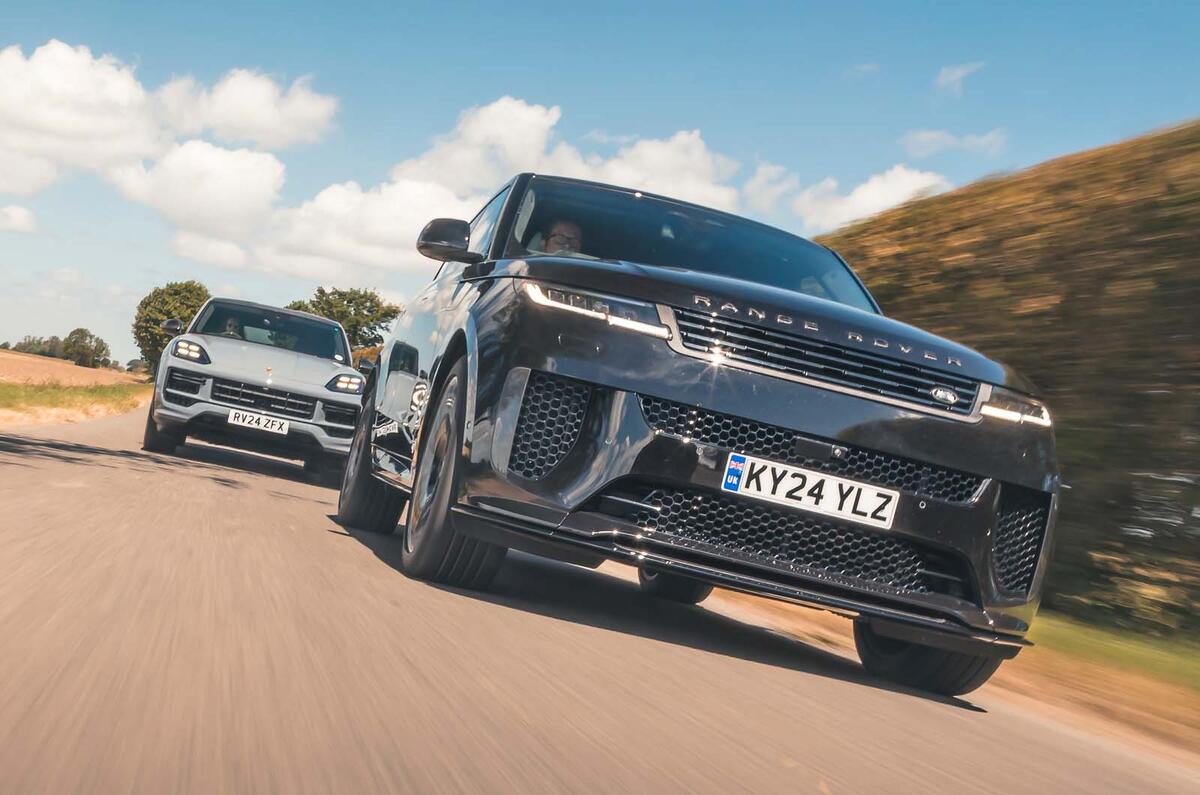
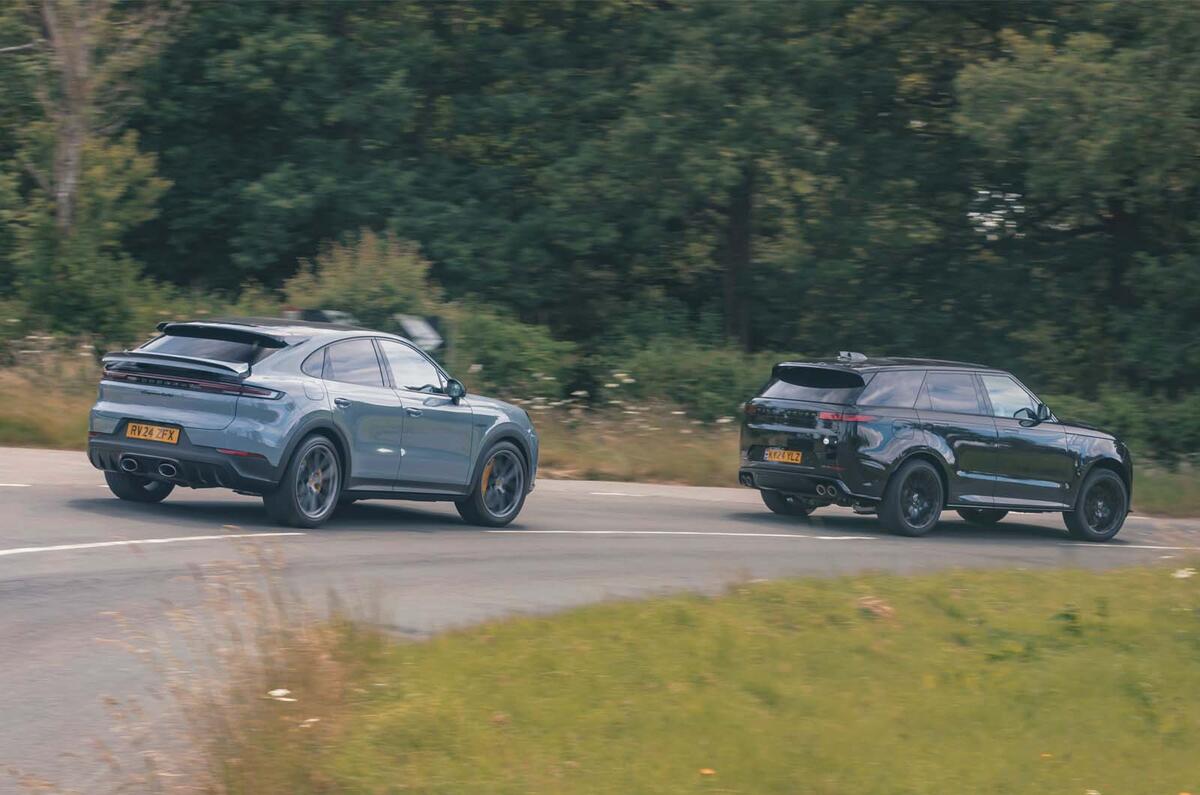
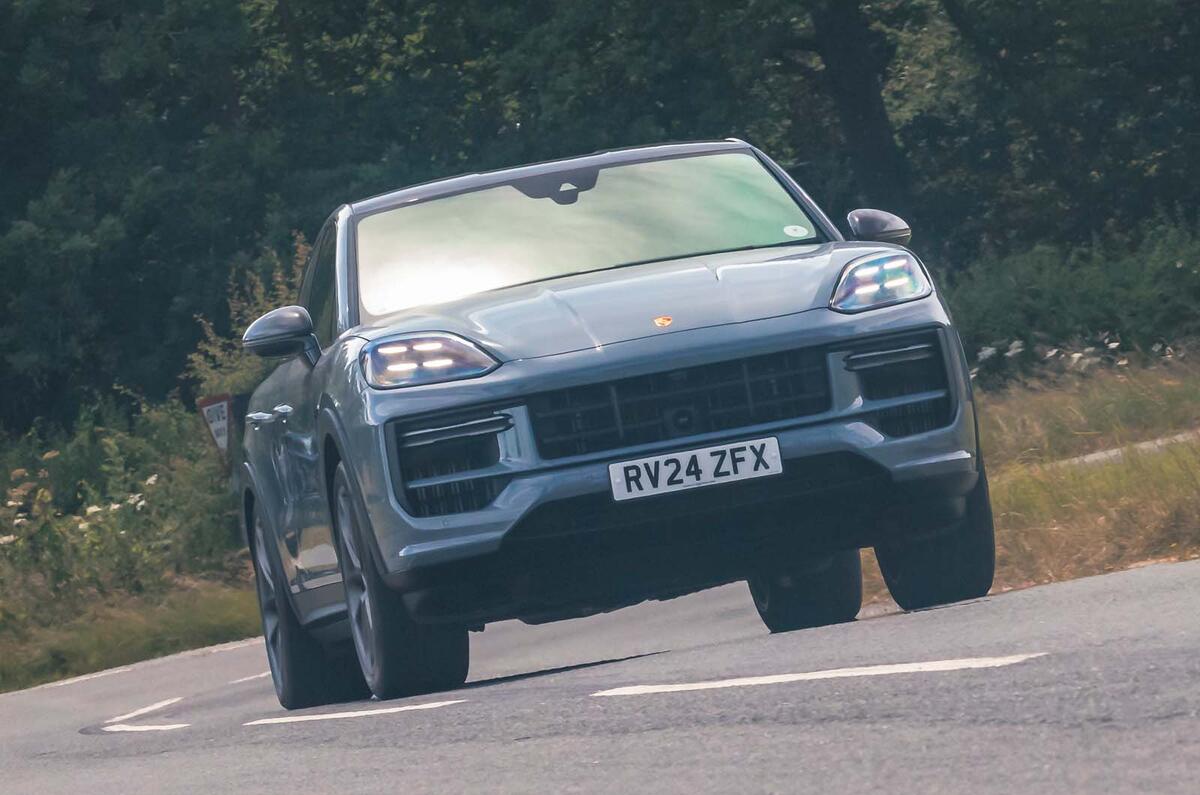

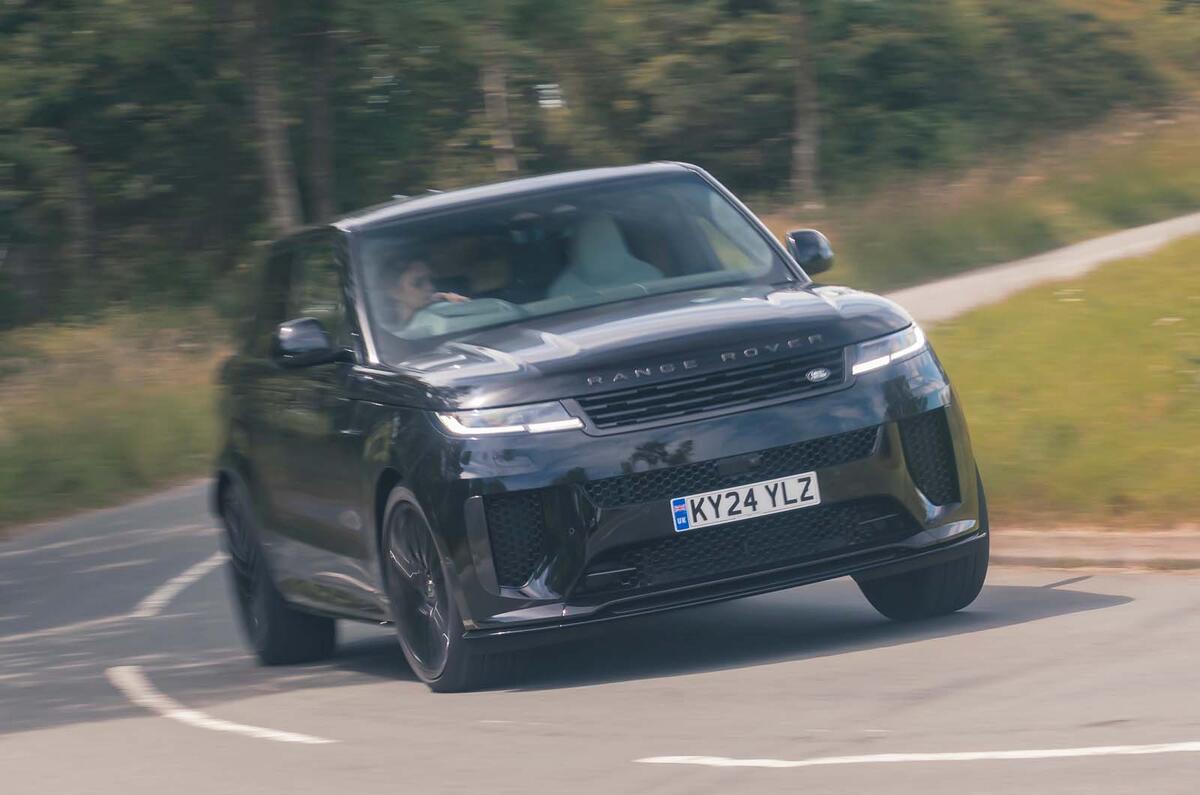
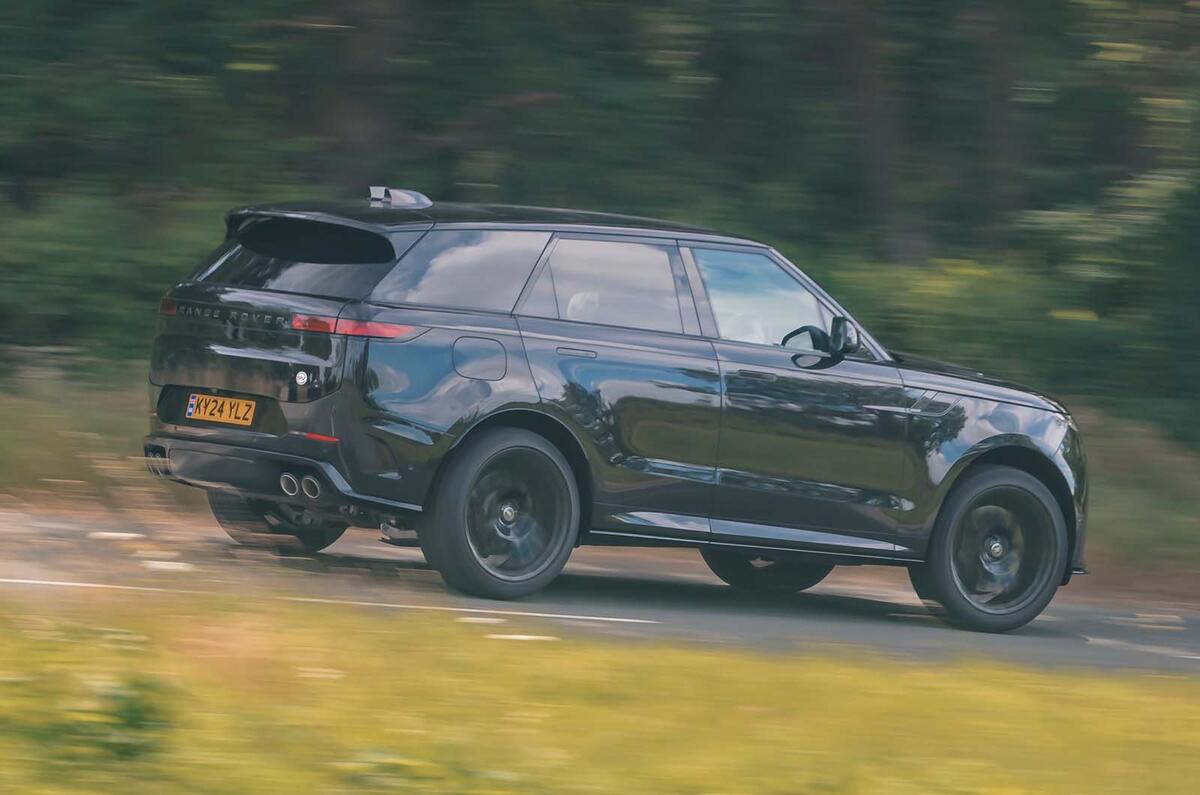
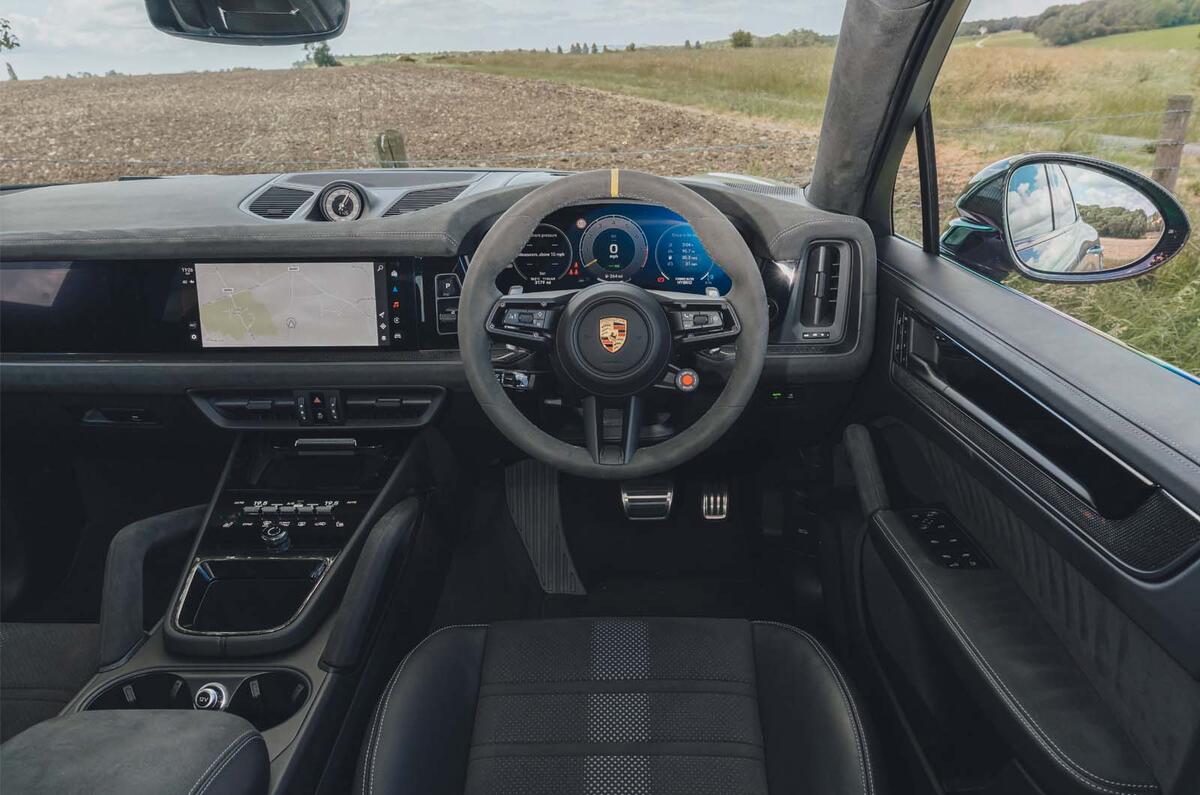
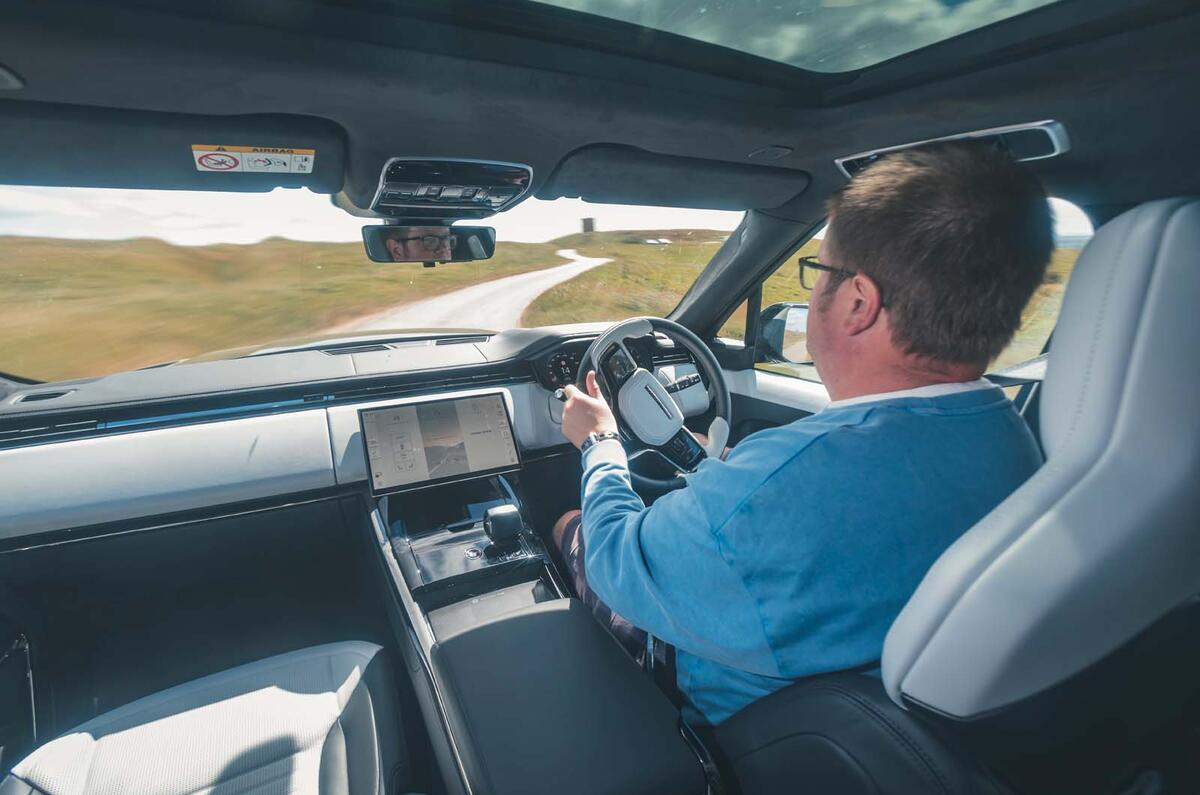
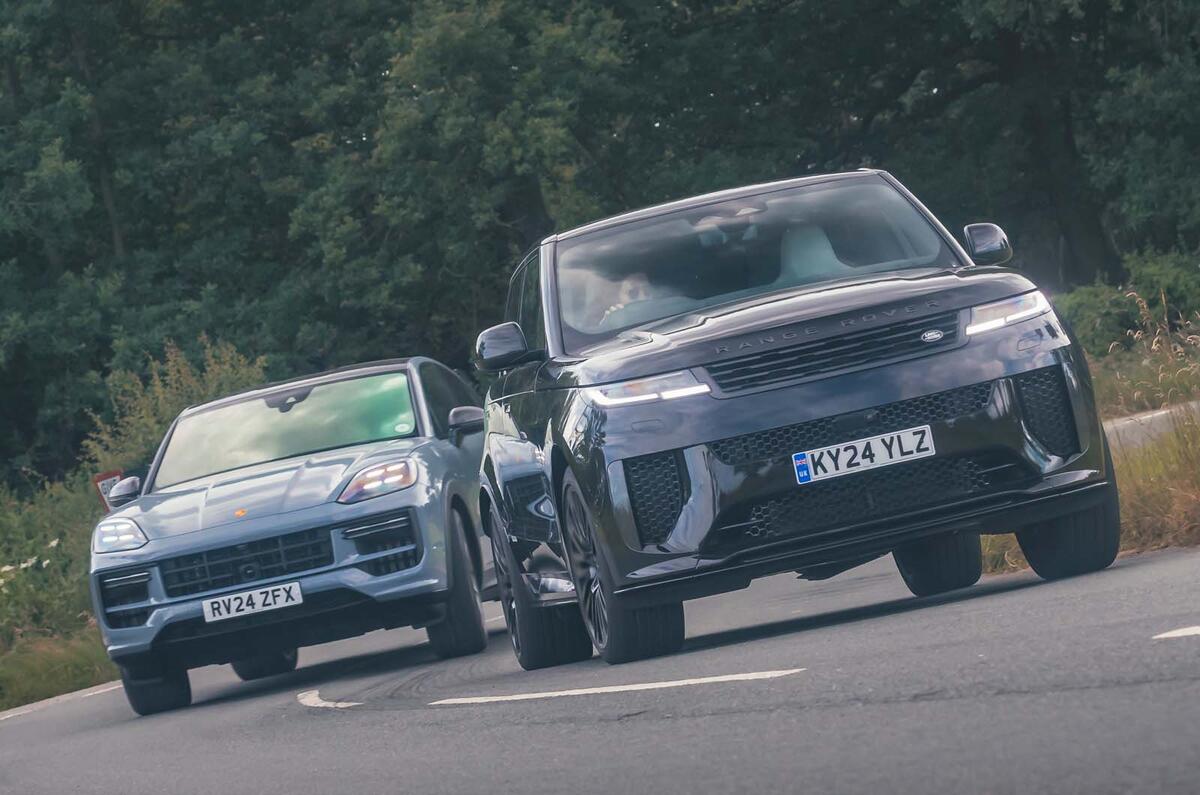
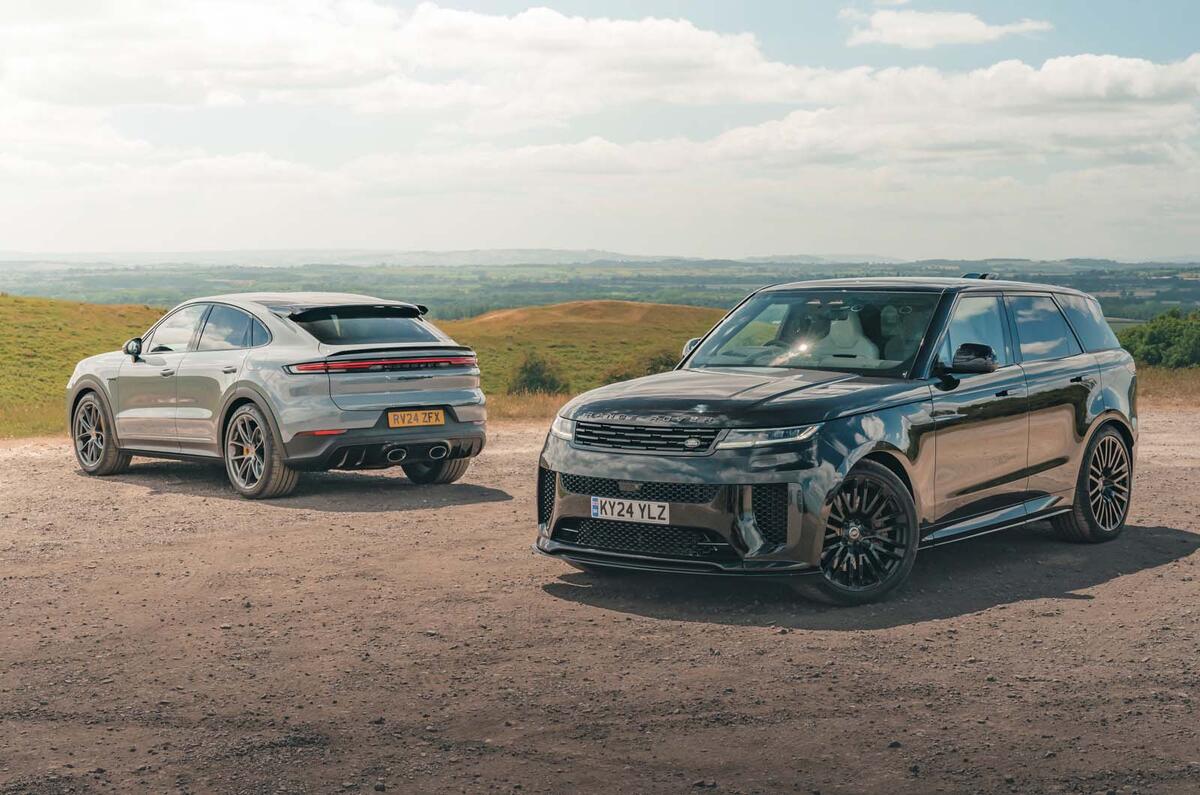
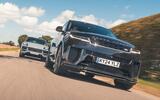
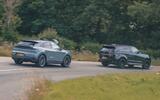
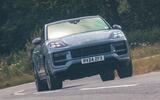
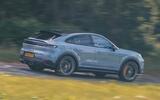
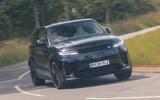
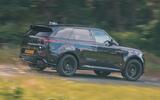


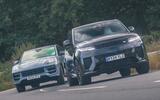















Join the debate
Add your comment
The Coupé-SUV trend has to stop. I don't understand why anyone would get the version of a car with less practicality and room, not to mention awkward, forced aesthetics. Do buyers think they're being more 'sporty' and youthful? The Cayenne Coupé just looks dumb.